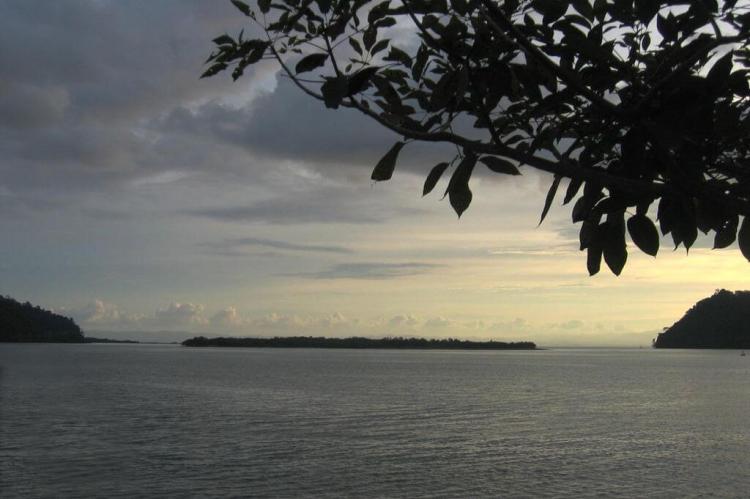Islands and Archipelagos of Costa Rica
Costa Rica, renowned for its stunning biodiversity and commitment to conservation, boasts a treasure trove of islands and archipelagos scattered along its Pacific and Caribbean shores. They offer diverse experiences, from biodiverse conservation areas to cultural immersion and outdoor activities.
Islands and Archipelagos of Costa Rica
Costa Rica, renowned for its stunning biodiversity and commitment to conservation, boasts a treasure trove of islands and archipelagos scattered along its Pacific and Caribbean shores. These maritime jewels offer diverse experiences, ranging from biodiverse conservation areas teeming with wildlife to opportunities for cultural immersion and exhilarating outdoor activities.
With a coastline stretching along two distinct oceans, Costa Rica's geography is as varied as it is enchanting. It is home to a myriad of islands, each possessing its own unique charm and allure. While some islands serve as popular tourist destinations, drawing visitors with their pristine beaches and vibrant culture, others remain untouched by mainstream tourism, offering rare glimpses into Costa Rica's rich natural and cultural heritage.
From the Osa Peninsula's lush rainforests to the Tortuguero Archipelago's remote beauty, these islands beckon adventurers and nature enthusiasts alike to explore their hidden wonders and uncover the magic of Costa Rica's maritime world. Join us as we embark on a journey to discover the captivating islands and archipelagos that adorn Costa Rica's coastal landscape, delving into their diverse ecosystems, cultural significance, and the unique experiences they offer visitors from around the globe.
Pacific Coast
Cocos Island: Designated as a UNESCO World Heritage Site, Cocos Island (Isla del Coco) is about 550 km (342 mi) off the Pacific coast. It's renowned for its exceptional marine biodiversity, making it a premier destination for diving and marine research.
Isla Tortuga: Located about 50 km (31 mi) off the coast of Costa Rica in the Gulf of Papagayo, Isla Tortuga is known for its beautiful beaches and snorkeling.
Isla Catalinas: Isla Catalinas is an archipelago located in the Pacific Ocean, about 30 km (19 mi) off the coast of Costa Rica. The archipelago is known for its beautiful beaches and snorkeling.
Gulf of Nicoya Islands: This group of islands and islets is located within the Gulf of Nicoya. Notable islands include Isla San Lucas, historically known for its former prison, and Isla Tortuga, popular for its beaches and snorkeling.
Gulf Dulce Islands: Situated within the Golfo Dulce, these islands include Isla del Caño, known for its coral reefs and marine life. It's a popular spot for diving and snorkeling.
Isla Damas: Close to Manuel Antonio National Park, this island is accessible by boat and is known for its mangroves, wildlife, and birdwatching opportunities.
Isla Chira: One of the largest islands in the Gulf of Nicoya, known for its mangrove forests, Isla Chira is inhabited and offers a glimpse into Costa Rican rural life and culture.
Isla Caño: Located in the Gulf of Nicoya, Isla Caño is a national park and is home to a variety of wildlife, including monkeys, sloths, and birds.
Isla Uvita: Located in the Golfo Dulce, Isla Uvita is known for its beautiful beaches and wildlife, including dolphins, whales, and sea turtles.
Isla Guaitil: Located in the Golfo Dulce, Isla Guaitil is known for its pottery-making tradition, which dates back to the pre-Columbian era.
Isla Venado: Located in the Golfo Dulce, Isla Venado is a popular destination for fishing and bird watching.
Caribbean Coast
Tortuguero Islands: Found within the Tortuguero National Park, these islands are a critical nesting site for sea turtles, mainly green turtles. The area is rich in biodiversity and known for its network of canals.
Isla Uvita: A tiny island located off the coast of Cahuita National Park, Isla Uvita is known for its coral reefs and its wildlife, including dolphins, whales, and sea turtles, as well as for its Afro-Caribbean culture and vibrant local markets.
Isla Calero: The largest island in the Caribbean Sea off the coast of Costa Rica, Isla Calero is a popular destination for fishing, bird watching, and hiking. It has been the subject of territorial disputes between Costa Rica and Nicaragua.
Isla San Lucas: This is another island in the Gulf of Nicoya with a historical prison similar to its namesake. It's part of the Tortuguero Conservation Area, home to various wildlife, including monkeys, sloths, and birds.
Isla Brava: A small island off the coast of Tortuguero National Park, Isla Brava is known for its beautiful beaches and laid-back atmosphere.
Isla de los Venados: A small island located off the coast of Puerto Viejo de Talamanca, Isla de los Venados is known for its beautiful beaches and its wildlife, including monkeys, sloths, and birds.
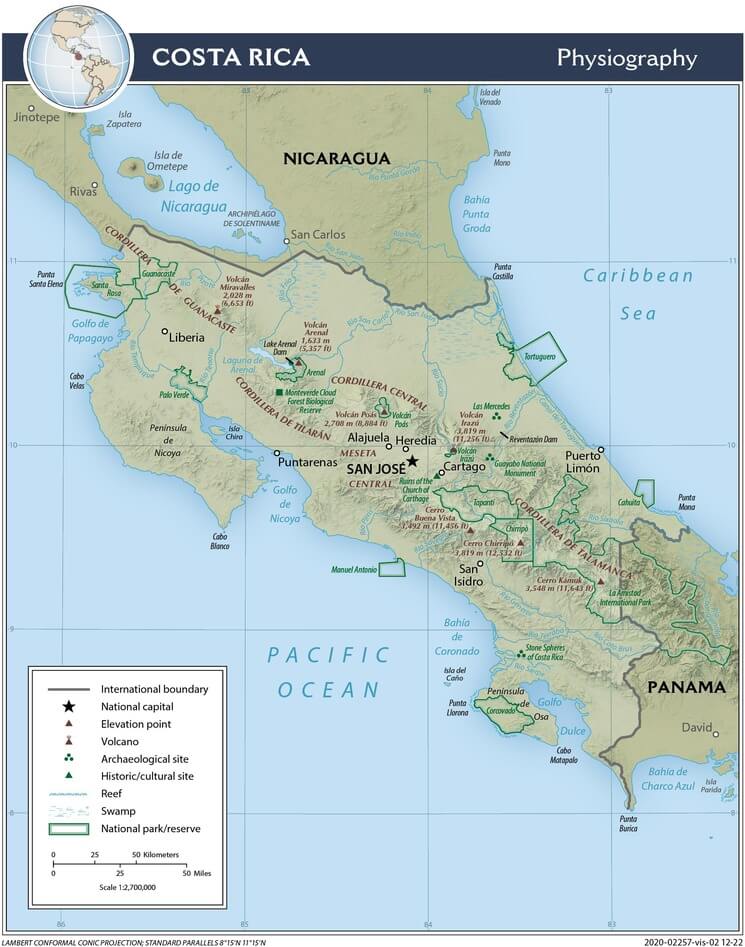
Costa Rica physiographic map.
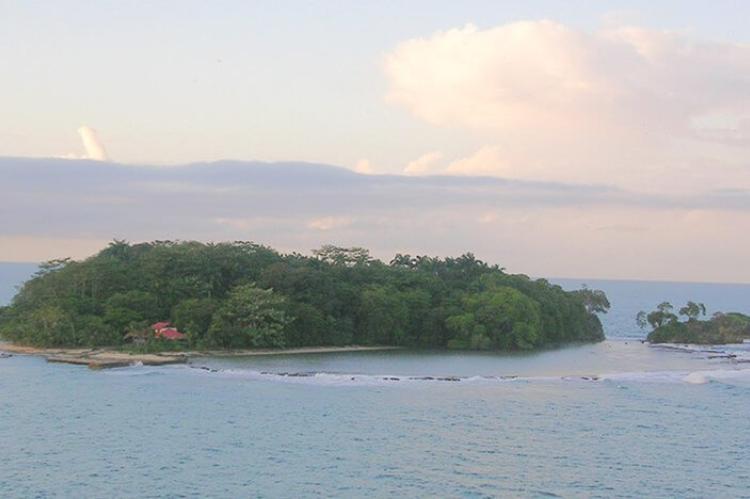
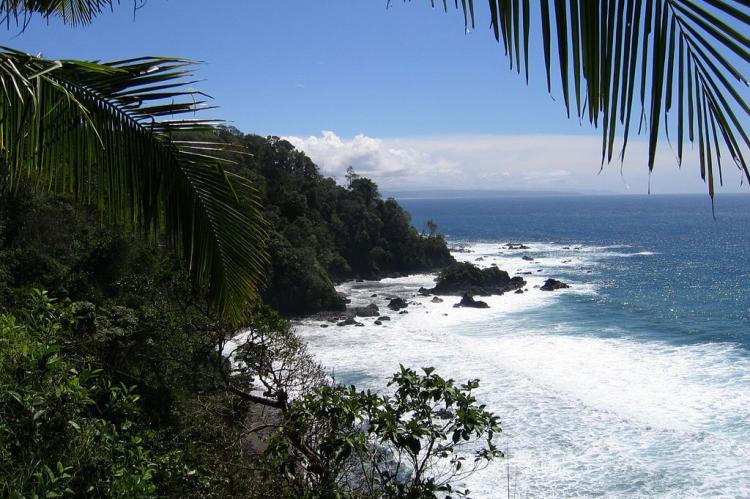
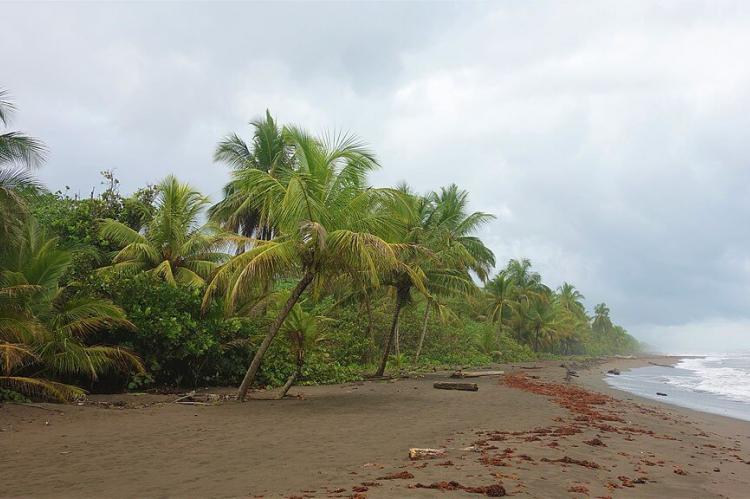
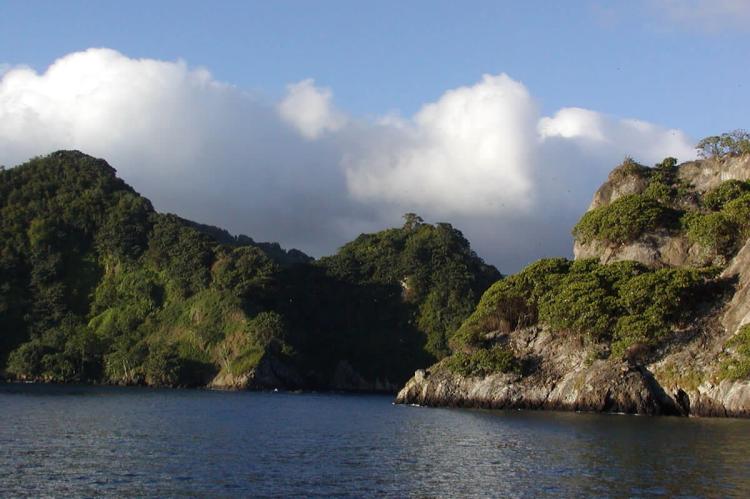
![Islands Venado (left) and Bejuco (right), Nicoya Peninsula, Costa Rica - via Wikimedia Commons Rodtico21 [CC BY-SA (https://creativecommons.org/licenses/by-sa/3.0)] Islands Venado (left) and Bejuco (right), Nicoya Peninsula, Costa Rica](/sites/default/files/styles/large/public/islas_venado_y_bejuco_golfo_de_nicoya_opt.jpg?itok=Y6TNm623)
